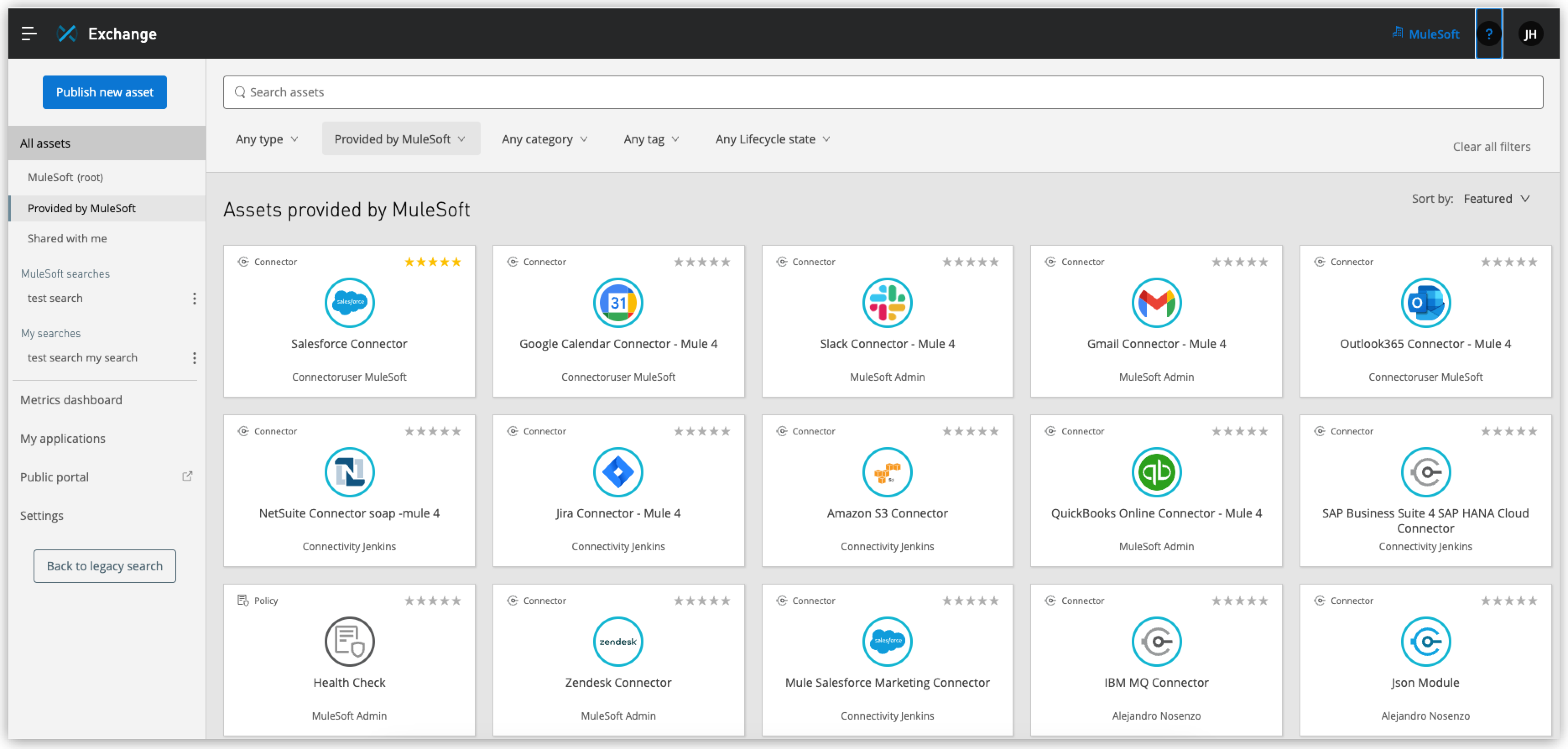Are you eager to delve into the world of MuleSoft and carve out a career as a proficient MuleSoft developer? The demand for integration experts is on the rise, and mastering MuleSoft can unlock a myriad of exciting opportunities in today's tech landscape. Whether you're embarking on your journey or aiming to enhance your existing skills, here are some valuable tips to guide you towards success in learning MuleSoft and obtaining MuleSoft certification.
1. Grasp the Fundamentals
Before diving into advanced concepts, it's crucial to grasp the basics of MuleSoft. Familiarize yourself with core integration concepts, APIs, and the Anypoint Platform—the cornerstone of MuleSoft. Utilize beginner-friendly resources like online tutorials, documentation, and introductory courses to build a strong foundation.
2. Invest in Quality Training
Enroll in a comprehensive MuleSoft training course to gain structured learning and practical experience. Look for courses that cover a wide spectrum of topics, including Anypoint Platform, MuleSoft runtime, API design, and integration patterns. Opt for courses that offer hands-on exercises, real-world projects, and preparation for certification exams. Source : mulesoft training
3. Practice Regularly
Practice is key to mastering MuleSoft—or any technical skill, for that matter. Apply what you've learned in training courses to real-world scenarios by working on sample projects or personal integration projects. Experiment with various integration patterns, connectors, and APIs to deepen your understanding and proficiency.
4. Explore Anypoint Exchange
Anypoint Exchange is a goldmine of pre-built connectors, templates, and API specifications that can accelerate your development process. Explore the Exchange to discover reusable assets and learn from example implementations. Leveraging existing assets can streamline your integration projects and save valuable time and effort.

5. Engage with the Community
Joining the MuleSoft community is an excellent way to connect with like-minded developers, share knowledge, and stay abreast of the latest trends and best practices. Participate in online forums, attend community events and meetups, and follow MuleSoft experts on social media platforms. Engaging with the community can provide valuable insights, support, and networking opportunities.
6. Prepare Thoroughly for Certification
Achieving MuleSoft certification can validate your skills and enhance your credibility as a MuleSoft developer. Take advantage of certification preparation resources provided by MuleSoft, such as study guides, practice exams, and specialized training courses. Dedicate focused time for exam preparation and review, and don't hesitate to seek assistance if you encounter challenging topics.
7. Stay Informed and Adaptable
The tech industry is ever-evolving, and staying informed about the latest developments in MuleSoft is essential for career growth. Follow MuleSoft blogs, subscribe to relevant newsletters, and attend webinars and conferences to stay updated on new features, updates, and best practices. Continuous learning and adaptability are crucial for success in the dynamic field of integration.
Conclusion
Becoming a proficient MuleSoft developer requires dedication, perseverance, and a commitment to lifelong learning. By following these tips and investing in your MuleSoft training and certification journey, you can acquire the skills and expertise needed to excel in this exciting field. Approach learning with curiosity and enthusiasm, and leverage the vibrant MuleSoft community for support and guidance along the way. With determination and effort, you'll be well-positioned to achieve your goals as a skilled MuleSoft developer.
FAQ'S
1.How long does it take to become a MuleSoft developer?
The time it takes to become a proficient MuleSoft developer can vary depending on your prior experience, learning pace, and dedication. Generally, it may take several months to a year to acquire the necessary skills and knowledge through training, practice, and hands-on experience.
2.How do I start learning MuleSoft?
-Familiarize yourself with integration, APIs, and the Anypoint Platform.
-Enroll in a comprehensive MuleSoft training course covering various topics.
-Practice with sample projects and explore the Anypoint Exchange.
3.Can I learn MuleSoft by myself?
Yes, it is possible to learn MuleSoft by yourself through self-study and online resources. There are plenty of beginner-friendly tutorials, documentation, and training courses available that can help you build a strong foundation in MuleSoft.
People also read : How To Learn Mulesoft Step by Step in 2024?
Image resource : MuleSoft Documentation
